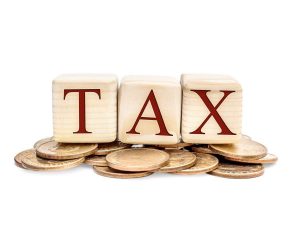Tax Incidence:

The Union government recently said Goods and Services Tax (GST) has decreased tax incidence on the common man.
- Tax Incidence is an economic term for understanding the division of a tax burden between stakeholders, such as buyers and sellers or producers and consumers.
- The initial incidence (also called statutory incidence) of a tax is the initial distribution among taxpayers of a legal obligation to remit tax receipts to the government.
- It is established by law and tells us which individuals or companies must physically send tax payments to state and local treasuries.
- The final incidence (also called economic incidence) of a tax is the final burden of that particular tax on the distribution of economic welfare in society.
- It is also referred to as the tax burden faced by individuals in their roles as consumers, workers and investors.
- The legal incidence of corporate income taxes typically falls on companies, but the economic incidence of the tax is shifted forward to others, in the form of higher prices for consumers, lower wages for workers, reduced returns to shareholders, or some combination of the three.
- The difference between the initial incidence and the final incidence is called tax shifting.
- The tax incidence depends upon the price elasticity of supply and demand.
- If the demand for a good changes significantly with a change in price, then a good is elastic—likely a non-necessity like a new car or home goods.
- Little to no change in demand in relation to price means a good is inelastic, and consumers will continue to purchase the good as prices go up. Examples of inelastic goods include petrol and cigarettes.




